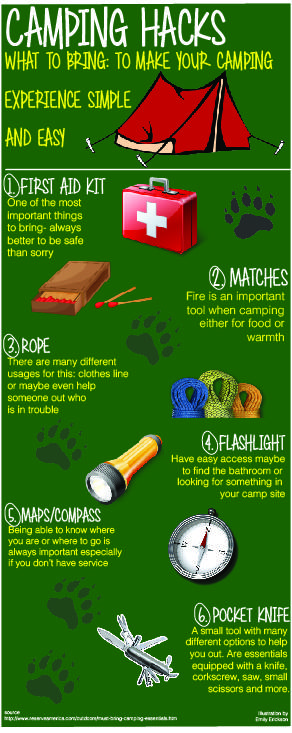Expanding Your Empire Online To Increase Camping Tents Product Sales
Expanding Your Empire Online To Increase Camping Tents Product Sales
Blog Article
Does Your Backpacking Camping Tent Need an Impact?
If you camp regularly in areas with rocks or sharp downed branches or just despise storing a damp, muddy tent, then an impact is most definitely worth taking into consideration. Impacts are additionally reasonably inexpensive compared to a brand-new tent.
How do I have fun camping?
Numerous tent suppliers use their own specific impacts, which are reduced to the precise size of the outdoor tents flooring. However, you can make one on your own with a lightweight fabric like polycryo or tyvek.
Climate condition
Whether or not you need an impact truly depends on the problems you'll be camping in. If you're backpacking in a location where the ground is normally wet (it's practically inescapable), a camping tent impact can be a useful addition to your kit, as it will prevent your tent floor from ending up being soggy.
Nevertheless, if the footprint is as well huge it can function as a wetness catch and potentially enable water to pool under your camping tent. This can be prevented by ensuring the footprint is cut a little smaller than your tent on all sides.
Generally speaking, it's best to get an impact from the very same manufacturer as your tent to ensure an exact fit. They additionally often tend to be made from thicker, extra sturdy products than do it yourself alternatives. They can be pricey for something whose sole function is to secure the ground beneath your camping tent, however it can be a worthwhile investment if you respect the long life of your equipment.
Terrain
Many quality outdoors tents can function well without a footprint, especially those that have bath tub floorings made from resilient materials. Nonetheless, the surface you hike on can have a significant influence on exactly how rapidly your tent flooring wears. Granite slabs, sandstone and other sturdy surface areas wear via all-time low of your camping tent faster than verdant meadows or forest floorings.
A footprint or ground cloth helps expand the life of your camping tent by serving as an obstacle in between the ground and the sewn-in groundsheet of your camping tent, says REI elderly sales expert Elizabeth Nguyen. It also secures the camping tent from abrasive components like sharp twigs and rugged rocks that might puncture or tear the sewn-in flooring. When choosing a footprint for your camping tent, it is essential to ensure it's somewhat smaller than the outdoor tents on all sides. This avoids water from pooling in between the tent and impact during a rainstorm, which can leak right into your camping tent. The best choice for a footprint is to acquire one developed for your details camping tent, which will certainly ensure a tight fit.
Camping Tents with Reduced Deniers and Water Resistant Rankings
Whether you're a laid-back backpacker or a hardcore traveler, the toughness level of your camping tent is an important factor to consider. Tents created to be ultralight, bordering on minimal, often compromise some degree of sturdiness in the fabric and materials made use of.
One fabric specification you'll encounter is denier, which refers to the weight in grams of a 9,000-meter length of yarn that makes up the tent's canopy, rainfly, and/or flooring. A greater denier specification indicates extra sturdy textiles, while reduced numbers show lighter and much less sturdy textiles.
Various other specifications to check out consist of floor dimensions, vestibule size, and interior pockets. The former reflects the total square-footage that can be made use of for comfortable room, while the latter can contribute in storage space by offering a location to stash gear overnight and in bad climate. Air flow is additionally a vital aspect; as you breathe out wetness during sleep, it requires to get away, or condensation might develop inside. Features such as mesh home windows and panels and flexible rainfly doors assist enhance ventilation and prevent this from taking place.
The Price
The expense of a tent can impact its efficiency, and it is additionally crucial to think about how much you can manage to invest. Backpackers seeking a lightweight sanctuary needs to go for a tent with a livability rating of at the very least 2 stars, and if possible, 3 or even more.
Livability refers to just how roomy an outdoor tents feels, with headroom and flooring dimensions playing a big duty. Historically, backpacking camping tents utilized steeply sloped wall surfaces and very little space to conserve weight, however modern products enable designers to give more comfort while maintaining weight low.
Storage space is one intents more element to take into consideration, with vestibules and a quick-pitching style helping reduce arrangement time. Furthermore, the type of textile finishing and how the outdoor tents is kept can affect durability. For example, a PU layer that breaks down faster when wet, or undergoes repeated cycles of storing and un-stowing, can considerably reduce the life expectancy of a tent. In a similar way, using a personalized footprint as opposed to stuffing a tent in a slipshod manner will certainly also prolong its lifespan.
What is the meaning of Glampers?
